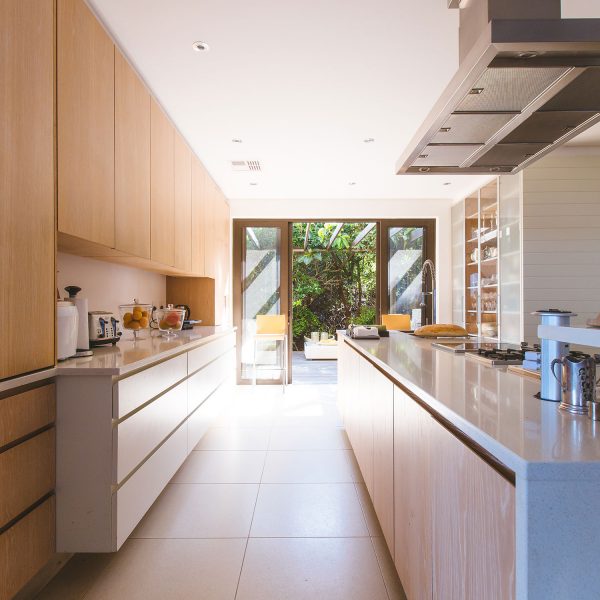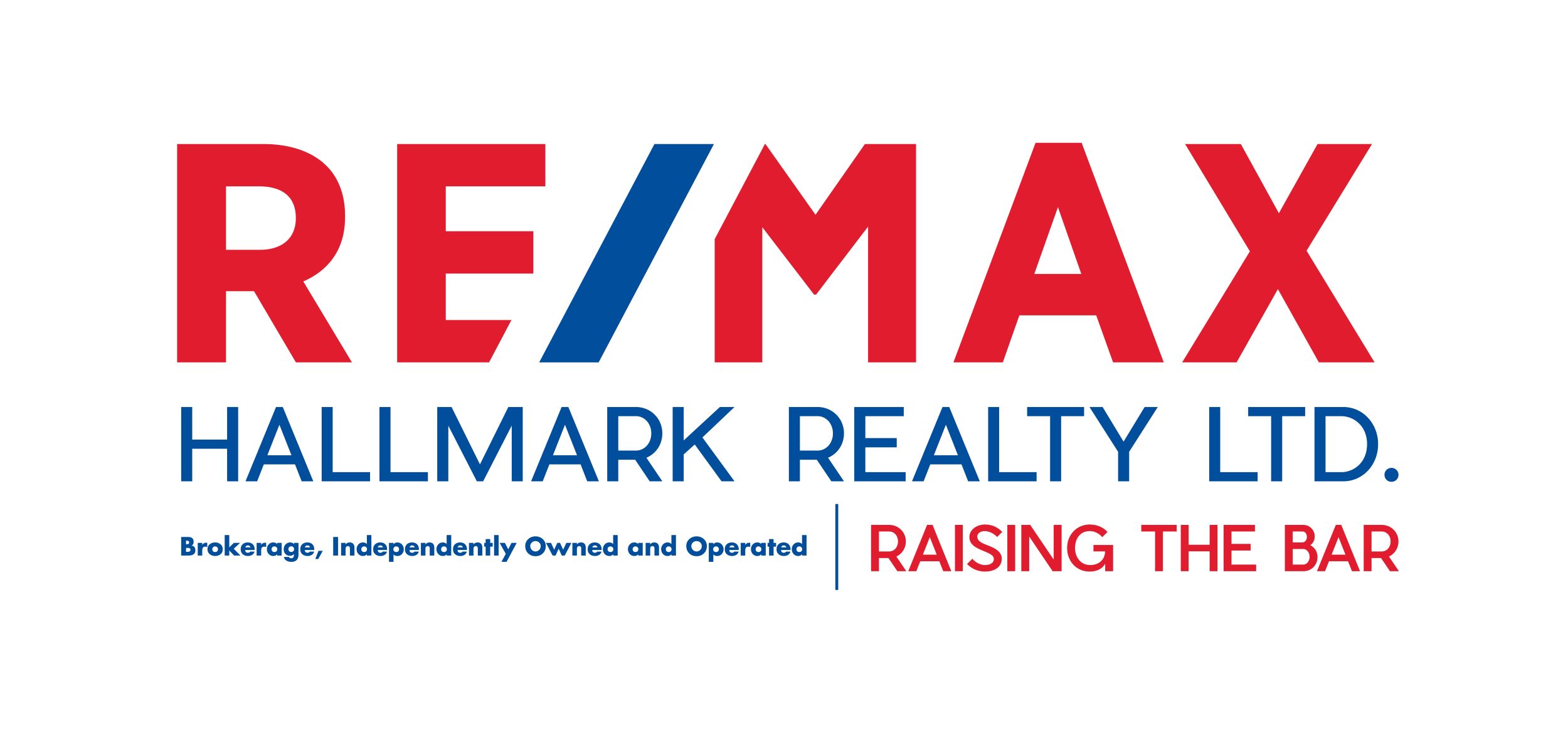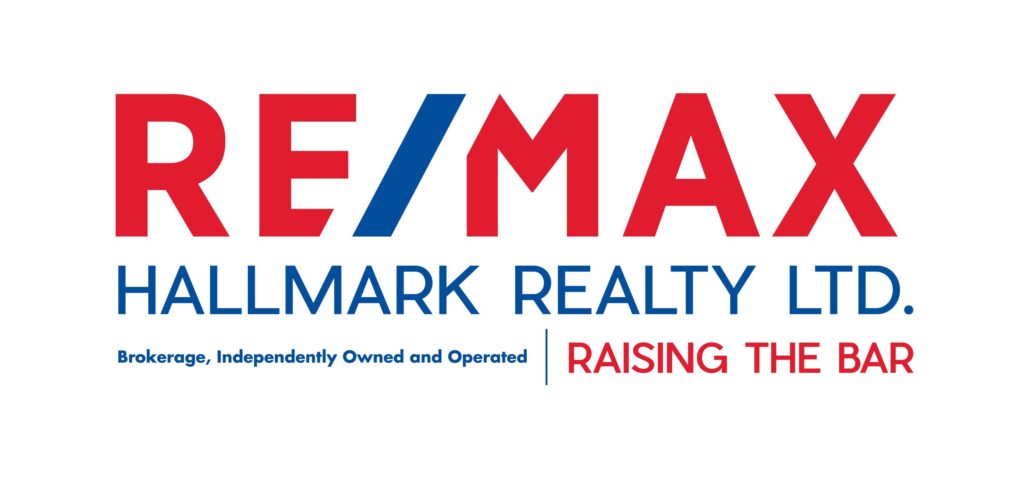For some, the only way to get a foot in the door in a tough real estate market, like Toronto, is to compromise on the wish list and buy an older home.
Older homes have a lot of good points: character, unique style, and good bones, to name a few. They can also have some not so great features that can end up being costly. If you’re not looking out for them, you might get a surprise you weren’t expecting!
I heard from a fellow agent recently about one of her clients who was selling his starter home. He had wanted to get into the market by buying an older home, renovating it and. eventually, re-selling it. It was a great idea, in theory. Since the Toronto market seems to do nothing but go up, it was an opportunity for him to add his stamp to an existing structure, sell it and move up the real estate ladder.
As things turned out, the cost of the renovations ended up being more than he had projected. Add in one or two surprises (can you say knob and tube wiring?), which a renovation will always reveal, and the expenses spiraled further.
It worked out in the end and my colleague was was able to sell that house for over asking and find him his next home but the whole project was a risk for someone who didn’t have a lot of extra cash on hand.
There are some things to look for in an older home, to avoid getting yourself trapped in a money pit.
Windy walls and windows
A lot of older homes, particularly those without attics, will have poor insulation and old single-pane windows with deteriorating wood frames, as well as older doors. These create major heat or A/C escapes, which end up not only costing a lot in energy bills, but will leave the house uncomfortably hot or cold.
No A/C and older furnaces
Assuming the house even has the ducting for central air—versus old style window units—many older homes won’t have it installed. The furnace, water tank and other major appliances might also be older and in need of replacement. This can run into thousands of extra dollars.
Is the roof falling down?
Shingles are meant to last about 25 years but if you add old shingles to bad insulation, in a country like Canada, it’s a recipe for ice damming and other moisture problems, which eventually turn into leaks and collapsing ceilings. Ice and water shields weren’t commonly installed prior to the early 1990s, so if the roof has been maintained with the layering of new shingles over old, there may not be any waterproofing on the roof.
Old wiring and outlets
Whether it’s because an out of date fuse box or wiring in the wall that is still the old knob and tube style, rewiring an entire house is an expensive proposition. Old wiring is a fire hazard because the products used to insulate it break down over time but getting it all out and replacing it from behind walls? VERY expensive.
Another interesting twist is that older homes will often only have a couple of electrical outlets per room. These days, we’ve come to expect a lot more than that! So adding more outlets would also need to be a part of the plan.
Asbestos in the walls and lead in the pipes
Before it was known to be cancer causing, asbestos was used in insulation and some flooring as well. It needs to be professionally removed, which can add a lot to your renovation costs.
Older plumbing might have lead in the pipes, or you might even find the paint on the walls has lead in it. It’s best to remove and replace anything that could have trace amounts of lead, particularly if you’ve got kids in the house. They are most susceptible to the neurotoxins contained in lead.
Cracks in the foundation
It’s not unusual for a house that has settled over fifty or sixty years to develop a few cracks in the foundation. That, in and of itself, isn’t a huge problem most of the time. What CAN be an issue is water seepage and damp / mould spreading in the basement. If you’re counting on the basement as part of the living space, you need to make sure you don’t have water or damp in it.
The other consideration with the foundation of older homes is that, even with the best built homes, they’re older and could be prone to dry rot, moisture damage, damaged footings or pilings and so on. Structural repairs are very expensive so pay close attention to wall cracks, cracked concrete floors, doors that won’t close properly because of floors that aren’t level.
Floors that aren’t level
Speaking of floors that aren’t level, an older home that has settled might have more than a few cracks: the floors might list a little too! That doesn’t mean a serious structural problem and it’s not even a big deal if you like quirks and squeaky floor boards, but if you were planning on installing all new hardwood flooring, you might find that you have to do extra work to level the floor first.
Previous renovations that aren’t up to code
Watch out for the DIY special in older homes that might not be up to more recent code standards. That can cause problems for you down the line, if you want to renovate. You might have to do more work than you planned if you have to re-do something that was improperly done in the past.
If you haven’t been put off by all of these possible perils, think about the good things in owning an older home: it will likely be in an established neighbourhood, with good commutes to downtown; it will likely have charming features and unique decorative elements that you can’t buy anymore; and it will be a home that, well managed, could build you the equity you need to jump higher on the Toronto real estate ladder! Just be prepared and know what you’re getting into![/fusion_text][fusion_text]**Thinking about buying or selling a home? Contact Reece today for a free consultation.
March 4, 2018

Riverdale Office
Phone: 416-462-1888
Fax: 416-462-3135
724 Pape Avenue, Toronto,
ON M4K 3S7


